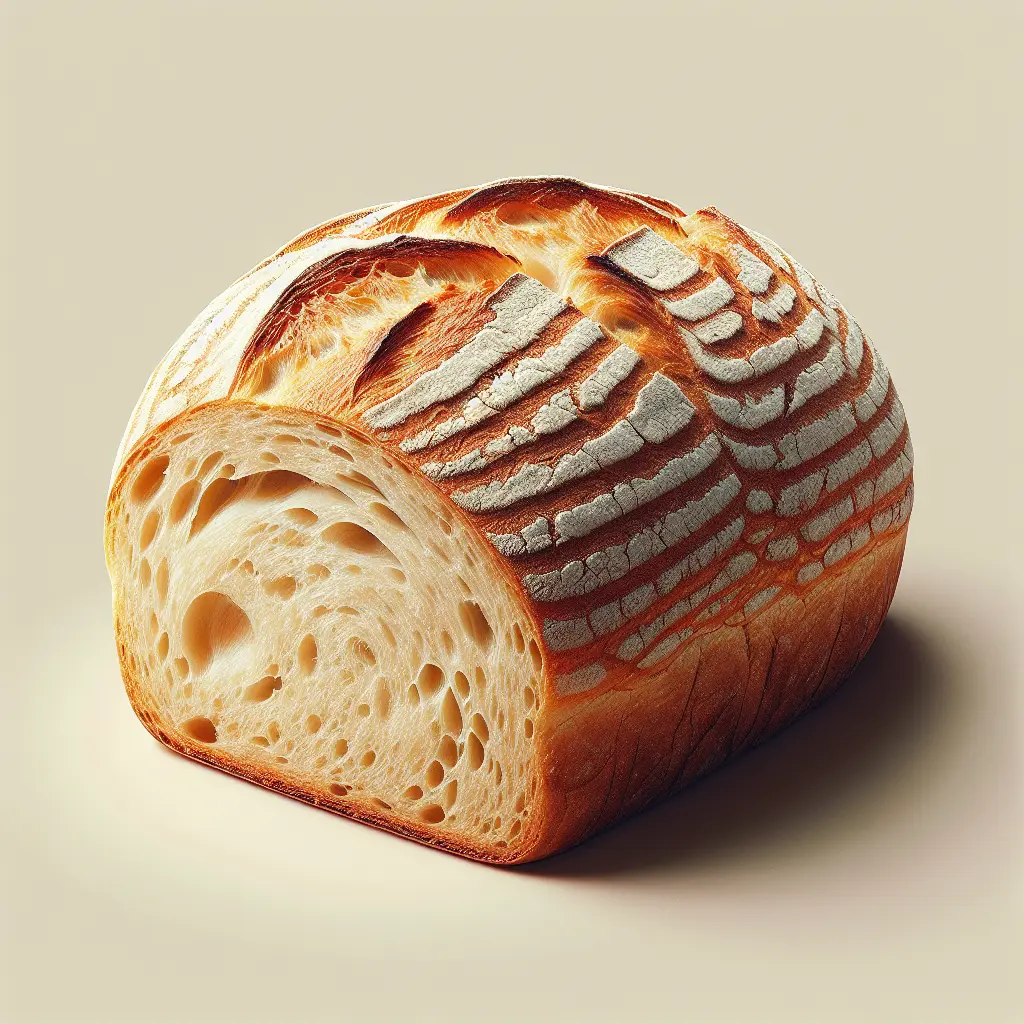Italian Bread: A Culinary Tradition Steeped in History
Italian bread, a cornerstone of Italian gastronomy, boasts a legacy that dates back centuries. Its origins can be traced to ancient Rome, where bakers crafted flatbreads using basic ingredients such as flour, water, and salt. Over time, regional variations emerged, influenced by local traditions and the availability of ingredients, giving rise to the diverse array of Italian breads we know today.
Distinctive Characteristics of Italian Bread
Italian bread is renowned for its unique characteristics that set it apart from other bread varieties. One of its defining features is its crust, which is often thin and crispy, providing a delightful contrast to the soft and airy interior. The crumb, the interior texture of the bread, is typically open and porous, allowing for better absorption of sauces and flavors. Italian bread also exhibits a distinctive tangy flavor, attributed to the use of sourdough or yeast as a leavening agent.
A Plethora of Variations: Exploring the Diversity of Italian Bread
The world of Italian bread is a tapestry of diverse variations, each with its own distinct characteristics and regional significance. Some of the most popular varieties include:
- Ciabatta: A rustic bread with a chewy texture and large, irregular holes in its crumb. It is commonly used in sandwiches and as an accompaniment to soups and salads.
- Focaccia: A flatbread with a crispy crust and a soft, dimpled interior. It is often topped with herbs, olives, or cheese and is perfect for dipping or serving as an appetizer.
- Pugliese: A flavorful bread from the Puglia region, known for its golden-brown crust and dense, chewy crumb. It is often used to make paninis and is a staple in many Italian households.
- Panettone: A sweet bread traditionally associated with Christmas, characterized by its domed shape, candied fruit, and raisins. It is a beloved holiday treat and is known for its rich and festive flavor.
Conclusion
Italian bread, with its rich history, unique characteristics, and diverse variations, holds a special place in the culinary world. Its versatility and distinct flavors make it a beloved ingredient in kitchens worldwide. Whether enjoyed as a standalone delicacy or as an accompaniment to other dishes, Italian bread continues to captivate taste buds and enrich culinary experiences.
How many calories are in Italian Bread?
Each 1 slice, medium of Italian Bread contains 54 calories.
Italian Bread Nutritional Information
| Nutrient | Amount per 1 slice, medium (20g) |
|---|---|
| Calories | 54 Calories |
| Protein | 1.8g |
| Fat | 0.7g |
| Saturated Fat | 0g |
| Cholesterol | 0mg |
| Carbohydrates | 10g |
| Dietary Fiber | 0.6g |
| Sugar | 0.6g |
| Sodium | 0.11mg |
| Potassium | 0.022mg |
| Calcium | 0.016mg |
| Iron | 0.0006mg |
